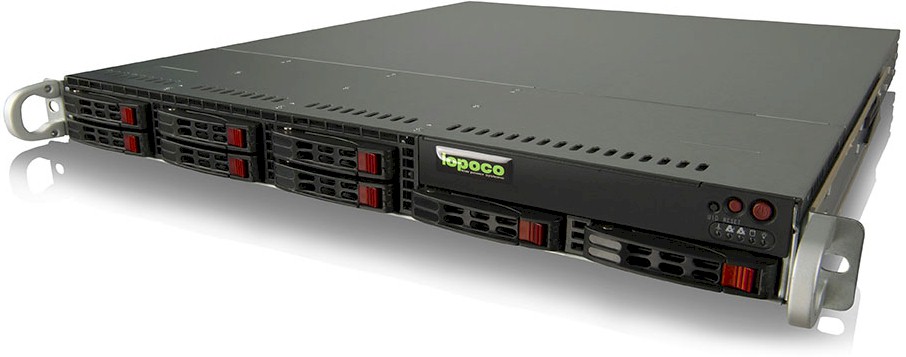After Lopoco recently announced their PAR4 rating “most efficient certified to date” for their servers, EnterpriseTech interviewed founder and CEO Andrew Sharp for more details. From the article:
Andrew Sharp didn’t necessarily want to be back in the server business after a decade-long hiatus. But when Sharp went to buy a server for his home office, he was shocked at the inefficiency, in terms of power usage and processor overcapacity, in the general purpose X86 systems from the top-tier vendors like Hewlett-Packard, Dell, and IBM.
And so he and a couple of engineering buddies decided to form Lopoco to peddle low-powered, right-sized machines.
“It is not even a secret that the server makers are not trying to make efficient machines,” says Sharp. “If they were, Facebook and Google would not be making their own.”
Sharp makes a valid point. But those companies, as well as those who are adopting the Open Compute Project designs championed by Facebook, are also looking to cut all the margin they can out of the server racket to try to get the lowest price possible for their infrastructure. That’s how they make their margins.
Still, Lopoco, which just came out of stealth mode in August, is taking a stand and that is the sort of thing thatEnterpriseTech respects and supports. Sharp says that many workloads simply do not need the core densities that Intel and Advanced Micro Devices are cramming onto a single die and that the better option for a lot of workloads is to reduce the power draw and cooling costs by using low-powered variants of X86 processors. This is precisely what the initial machines in the Lopoco product line do.
 The company has one microserver based on Intel’s Atom D525 processor, which is not suitable for many enterprise workloads. But the two rack servers based on the low-voltage versions of the four-core Xeon E3-1220L v2 and the eight-core Xeon E3-1260L chips for single-socket machines certainly are, and so is the two-socket rack server based on the new Intel Xeon E5-2630L v2 processor.
The company has one microserver based on Intel’s Atom D525 processor, which is not suitable for many enterprise workloads. But the two rack servers based on the low-voltage versions of the four-core Xeon E3-1220L v2 and the eight-core Xeon E3-1260L chips for single-socket machines certainly are, and so is the two-socket rack server based on the new Intel Xeon E5-2630L v2 processor.
Here’s how the math works according to Sharp. Assume from the get-go that you have a workload that can either run on a modestly powered Xeon chip (such as dedicated Web hosting) or can be distributed across many nodes (Web application serving, NoSQL data stores, and Hadoop fall into this category). At a typical co-location facility, if you want a dozen racks of compute, they will bring you in 12.5 kilowatts to each rack with 208 volt power at 30 amps. You will cram 20 server enclosures into the rack, with two half-width nodes per machine and 12 TB of disk per server. But, because of cooling issues you will have to leave half of the rack empty, and that will give you only 240 cores per rack and 2,880 cores across a dozen racks. Renting the space and power in the co-location facility will cost about $24,000 per month.
Now switch to low-powered Xeon E3 server nodes. The racks only need 4.4 kilowatts of power, and you can bring in 100 volt lines at 40 amps to get it. (This is more efficient.) You can fill the rack with 42 machines, leaving no empty space, and get the same 12 TB of disk capacity per server. You can get 336 cores in a rack and that means you only need eight racks to get 2,688 cores. That is more or less the same performance as the dozen half-filled racks, and the co-location fees for the rack space and the power will only cost $8,000 per month.


